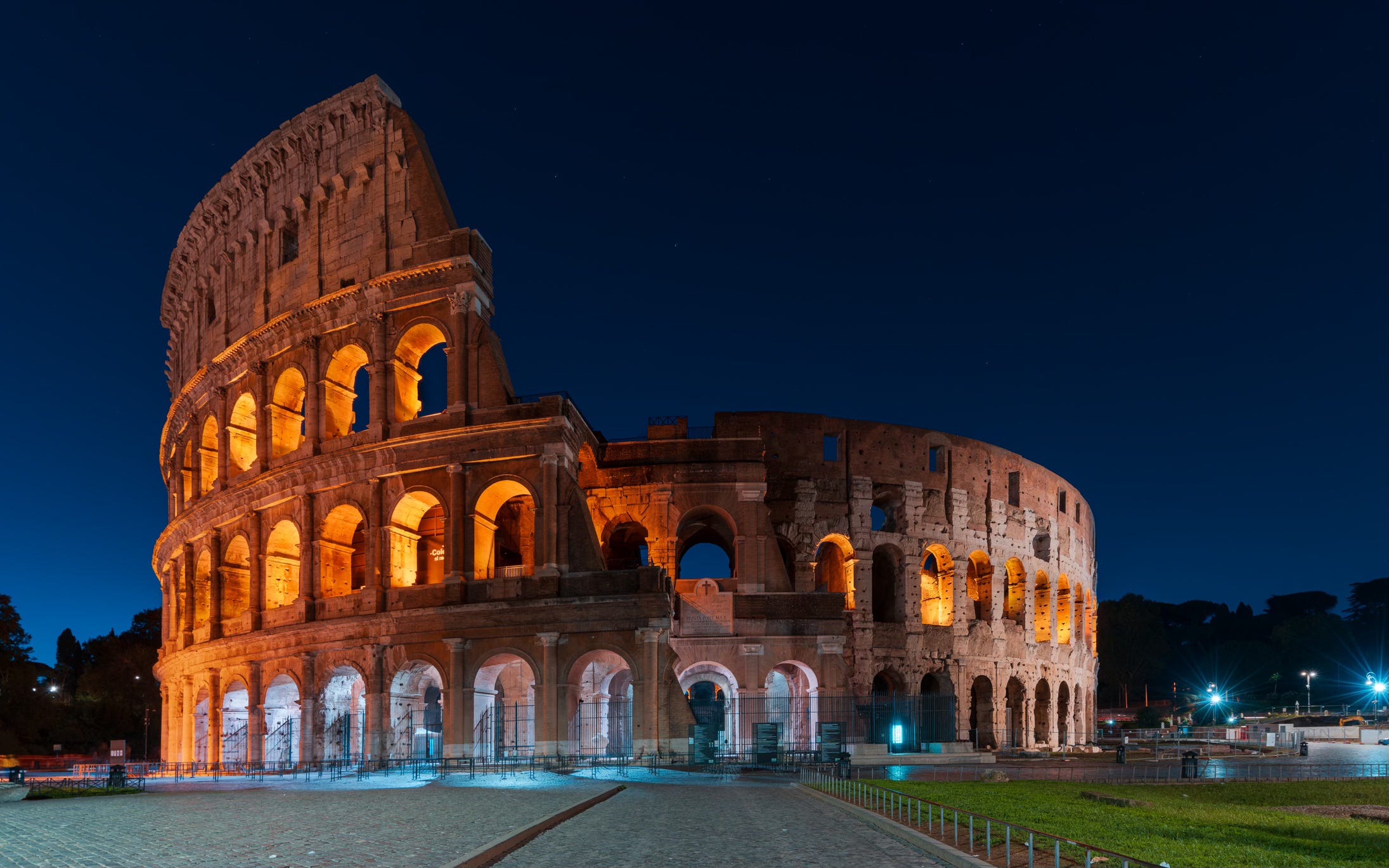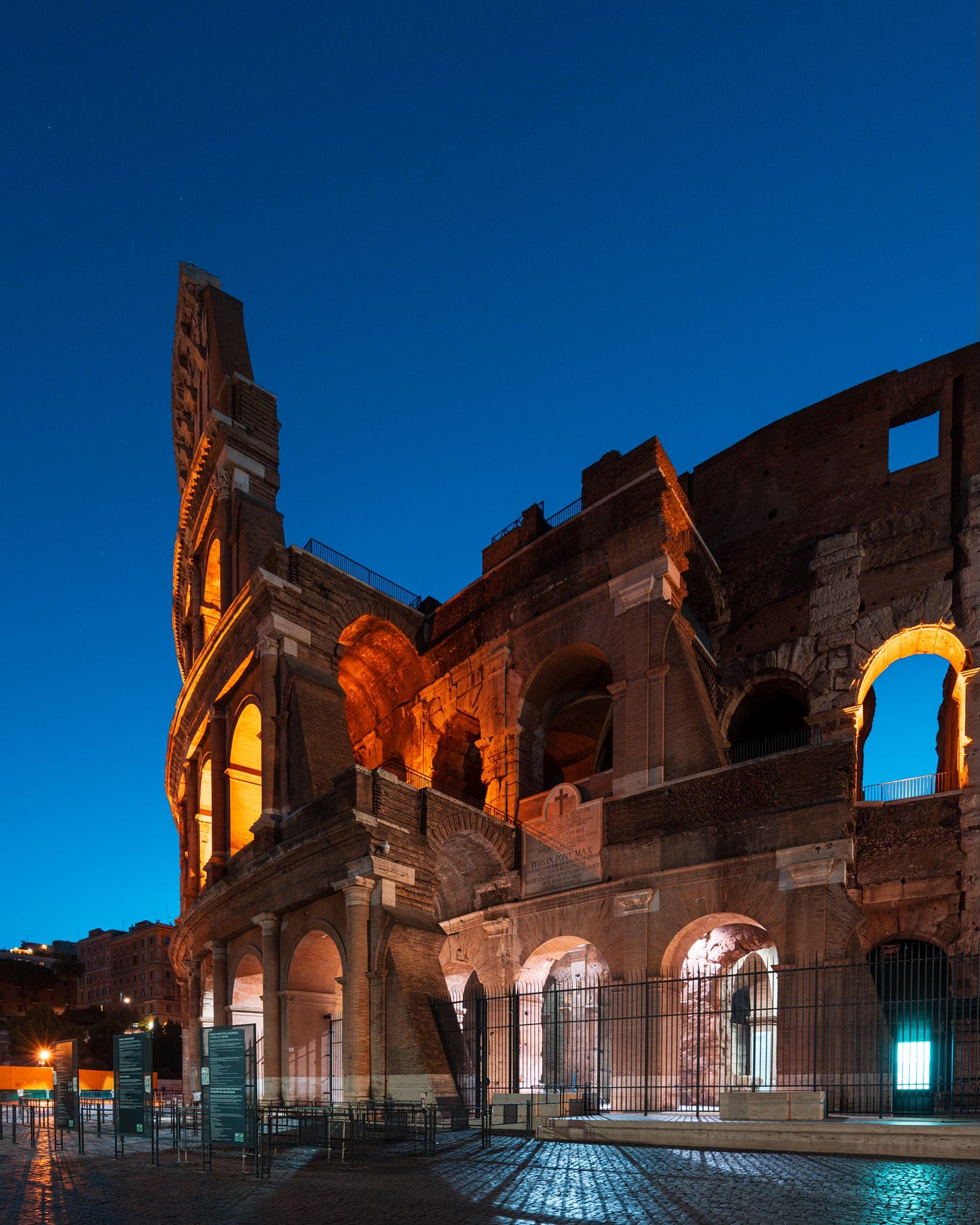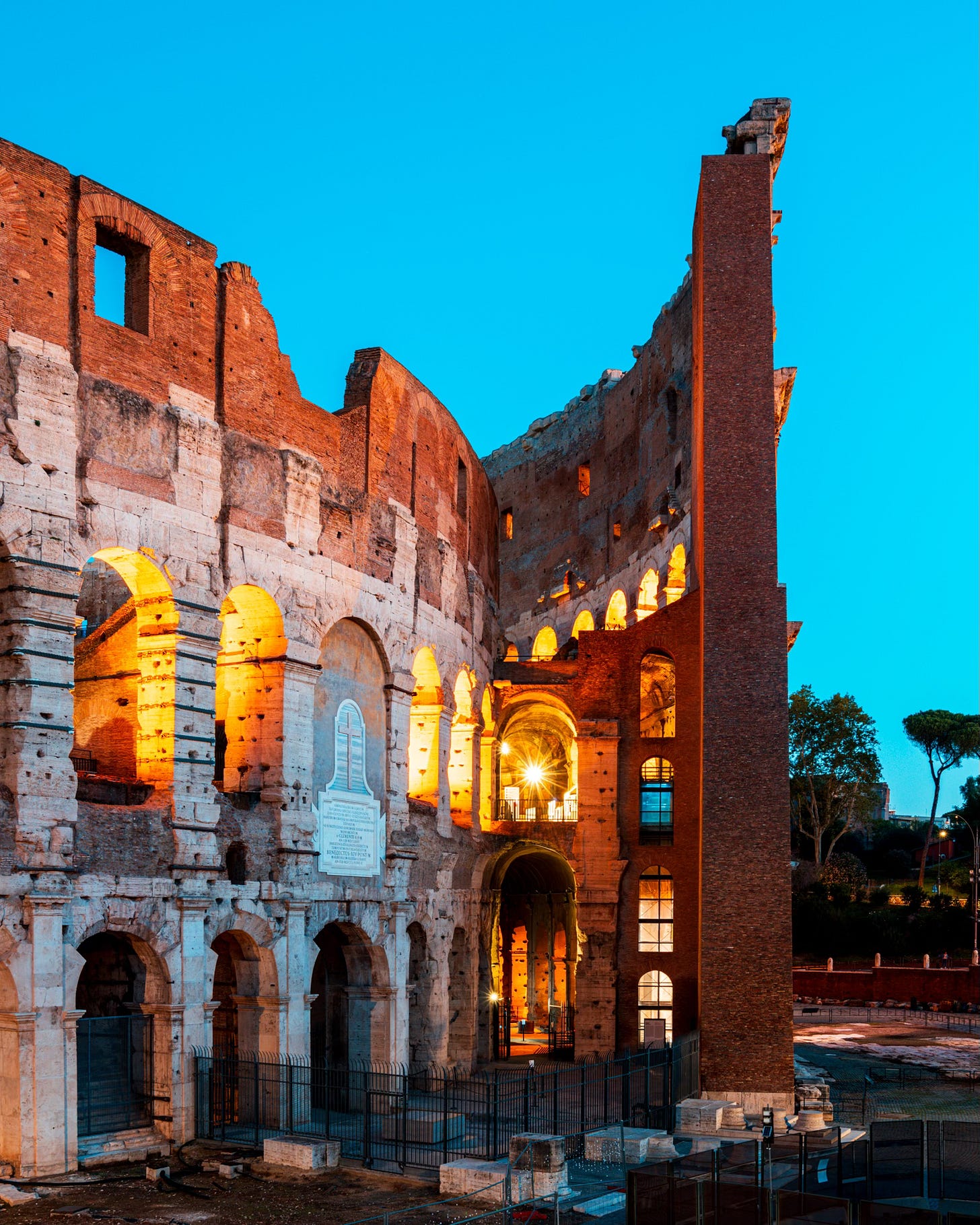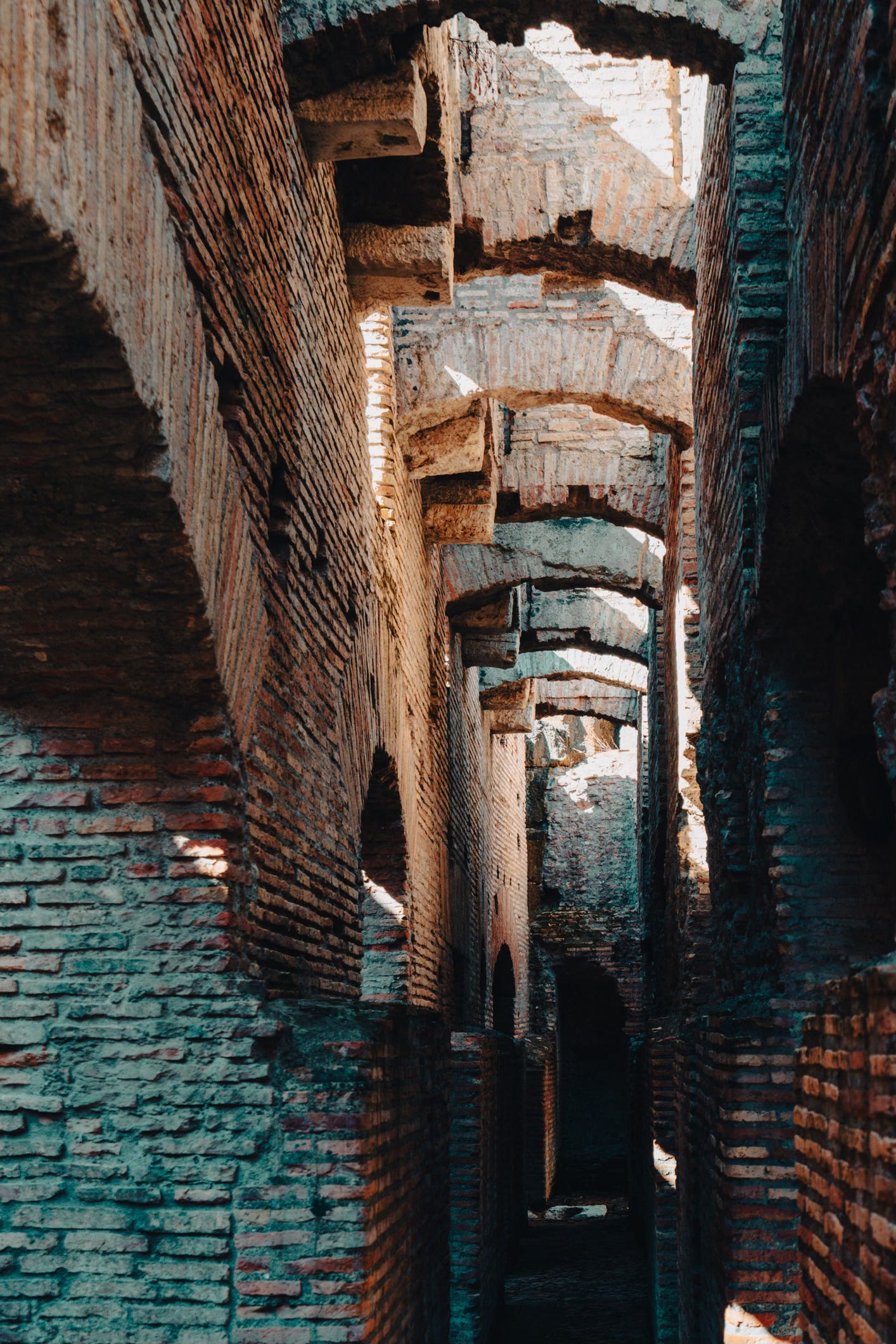The Colosseum, Rome: How Do You Take a Unique Photo of Something So Often Photographed?
Perhaps it's more about your mindset than trying to be unique.

The Colosseum must be one of the most photographed structures in Europe. While I wouldn’t claim it is the number one destination, it is certainly among the top ten places most people plan to visit when travelling to Italy. Although I have been to Rome several times before, this was the first occasion I deliberately set out to photograph the monument. For me, it was about completing a personal list by returning to a place I had visited as a child, capturing it through my own eyes, and bringing a sense of closure to that part of my life.
When planning the trip, I made sure we stayed somewhere central, without focusing too much on the specific area. We ended up near Campo de’ Fiori, mostly because it was within walking distance of several restaurants we were keen to try. On my photography list were the Trevi Fountain, Castel Sant’Angelo and the Spanish Steps, all easily reached on foot. The Colosseum, however, was a bit further out and would have required quite a walk, particularly in the early morning if I wanted to catch the blue hour when the area is quiet and empty.
Fortunately, I visited in October, so the sun did not rise until around 7.30am. That gave me enough time to travel either by bus or taxi. On the morning of the shoot, I debated calling an Uber for convenience, but decided instead to take the bus and save a few euros to spend on breakfast and pastries later.
So how do you stay motivated to photograph such a famous monument, one that has already been captured from every imaginable angle by photographers across the world? Is it worth taking a photo that might look the same as so many others?
It is a good question, but for me, the answer is always yes.
As I mentioned in a previous blog post, every photo is taken in different circumstances, by a different person. To quote Good Will Hunting, when Robin Williams’ character talks about experience, I can tell you what it looks like, what it smells like, what it feels like. That is what I experienced, standing in front of the Colosseum, completely immersed in my usual long exposure photography routine. Just being there, doing something that matters to me, is enough to justify the early start, the travel and even the possibility that my photo might look similar to many others.

The composition of my shot was not particularly original, but I was lucky to have a clear sky, pleasant weather and an almost empty view of the Colosseum. It was lit beautifully in warm orange light and seemed to be waiting patiently for someone like me to set up a tripod and capture it. The combination of twilight and artificial lighting within the structure gave the scene a quiet brilliance. That moment inspired me and gave me a sense of urgency not to waste the opportunity. Once I had captured the image I had hoped for, I was able to relax and explore other angles. Like many photographers before me, I soon realised there are only a few alternative compositions available around the perimeter unless you have special access.

Even so, I managed to take several more images before returning to my accommodation. Later that day, we visited the Colosseum again, this time with tickets to the underground section. This gave us an insight into what life might have been like for gladiators in ancient Rome. Walking through the dim corridors beneath the arena, we imagined how they would have prepared themselves for battle, either with wild animals or each other. Although the thought of their fate is grim, it was a fascinating experience to connect with that part of history in person.

There were no dramatic moments or unusual stories from my two visits to the Colosseum, but I did discover something about my photographic gear. I noticed limitations in one of my older wide-angle lenses when used with my new high-resolution camera. Most people would not notice the difference, but I could see that the older optics were struggling to match the performance of the new sensor. I am not someone who writes gear reviews or shares technical opinions, but this was a clear sign that an upgrade may be necessary. I enjoy the process of researching and choosing new equipment to suit my needs, so it is something I look forward to. That, however, is a topic for another blog post.





